Zooniverse Talk
Fun Facts
Fun and interesting facts about wildlife and their habitats
Please to create discussions
9 Participants
13 Comments
4 Participants
4 Comments
'Red' Hippopotamus
Wow! This is seriously interesting about the two different pigments and how they protect the hippo. Nature is just spectacular!
3 Participants
4 Comments
Pregnant - or well-fed?
That's amazing to learn they can eat that much at a meal! The image of the spotted hyena is really something. I guess it doesn't have to worry too much about needing to run efficiently with that full belly!
3 Participants
4 Comments
Female Thomsons-gazelle horns often deformed and/or broken
Thomsons-gazelle both sexes have horns which look different on male and female.
When classifying, no need to separate sexes but knowing their features helps in species identifying.
General difference between sexes:
Male horns are fairly long, strongly ridged, going almost parallel first upwards and then slightly backwards, tips curve forward.
Female horns are short, thin and spiky.
Female thomsons-gazelle horns often deformed and/or broken:
Thomsons-gazelle females have often deformed horns. Their horns also very weak and get easily broken. Thus it is common to see lots of variablity in shape and length on female horns. They have often deformed and/or very short horns, may even be no horns.
It is genetic thing, not any disease, they are healthy and ok. Evolutionarily females may be in the process of losing their horns, because they don't actually need them.
About that explained more below, by @davidbygott
"Apparently the majority of female tommies have deformed/broken horns. From an evolutionary perspective, the species may be in the process of losing female horns. Antelope horns serve two main functions; intraspecific male combat (all species), and interspecific self-defence (or defence of young) against predators (both sexes). Clearly big animals of both sexes can potentially injure their predators (lions and hyenas) with horns, so it makes sense for females to have them; eg buffalo, eland, gnu, hartebeest, topi. Gazelles are border-line here. Their main enemy is the cheetah, and a female Grant's gazelle is big enough in body and horns that it can (and has been seen to) seriously injure a cheetah. The much smaller tommy doesn't really have that option - its best strategy is to run very fast. It might be able to fend off a smaller hunter like a single jackal, but jackals typically work in pairs, so while one distracts the mother, the other can be grabbing the baby - again, better to find solutions which avoid physical combat. So, if horns are really not useful now (though they might have been in the past, to a bigger ancestor), why expend energy on producing them? If there is no strong selection pressure for keeping horns, they will eventually disappear."
Here below collected a few nice examples of female thomsons-gazelle horns, lots of variability, both slight and extreme.
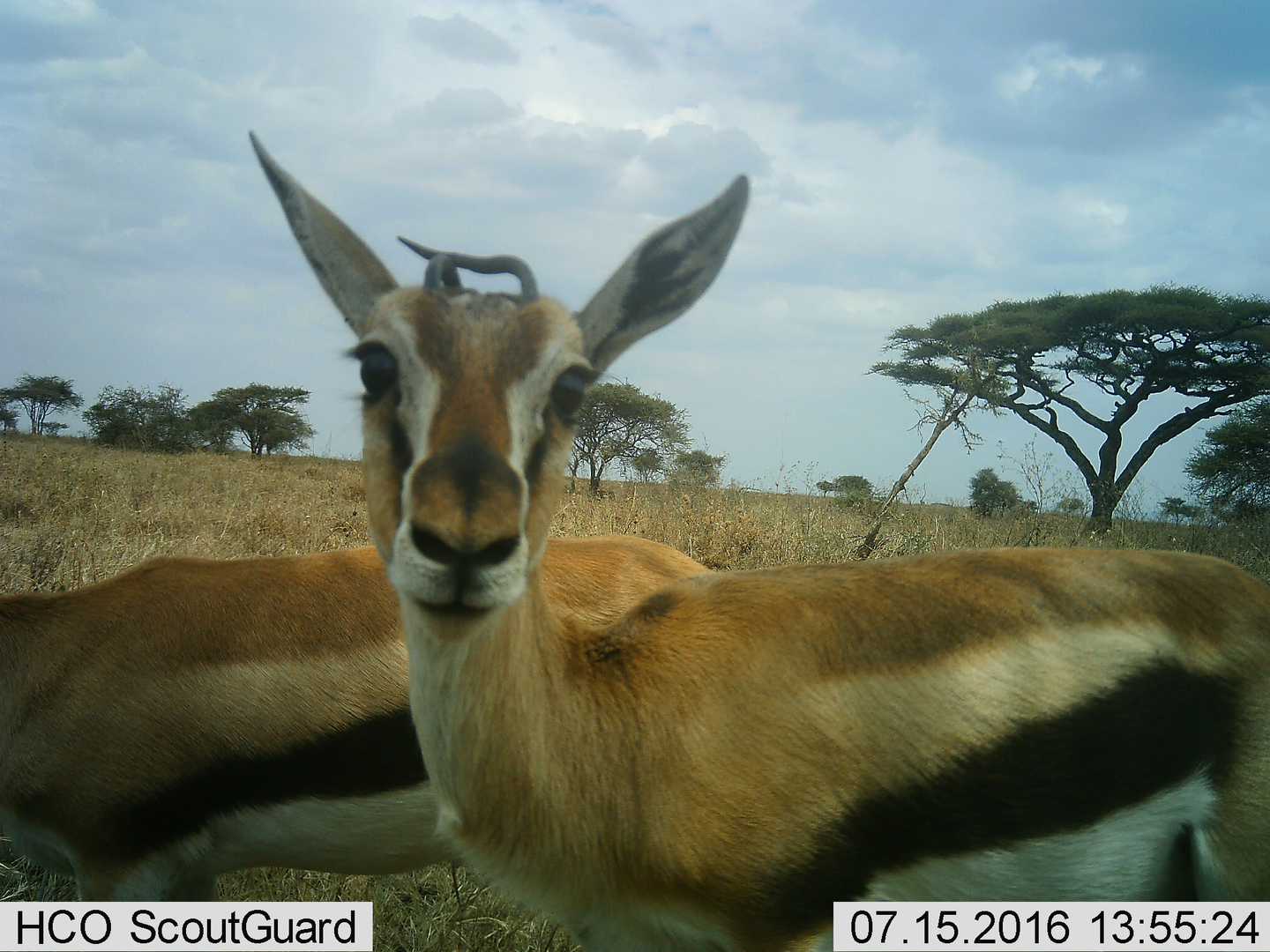
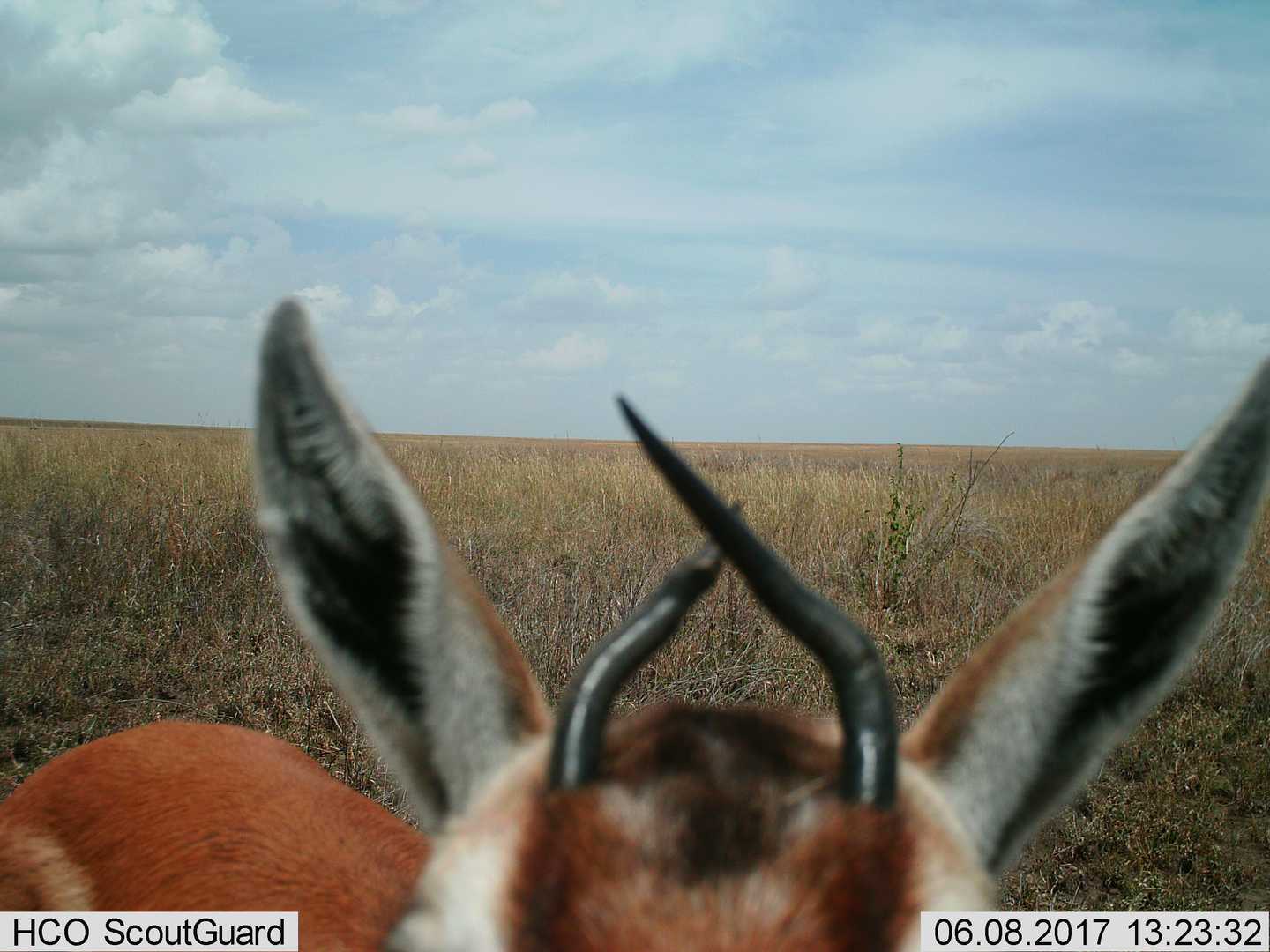
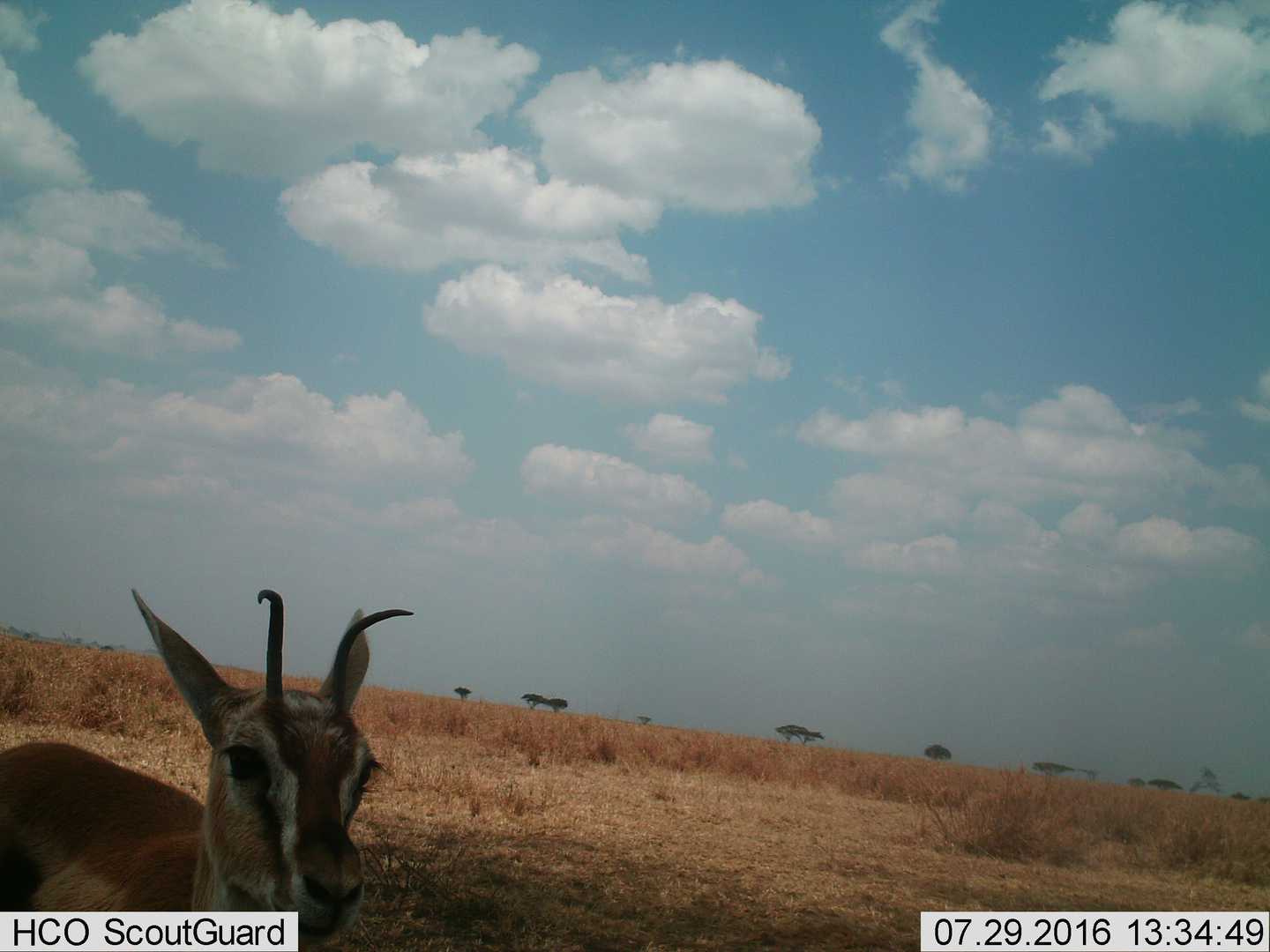
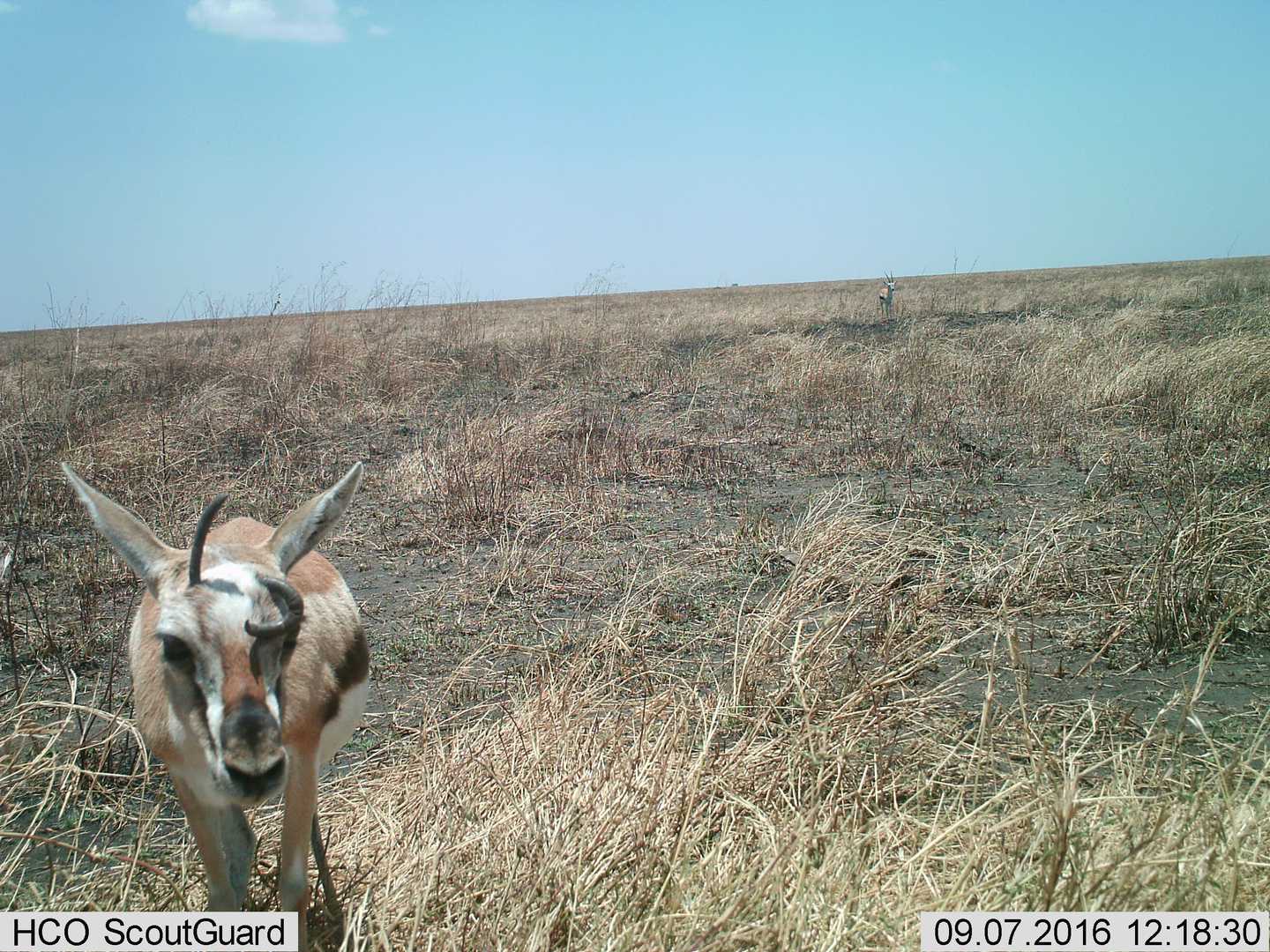

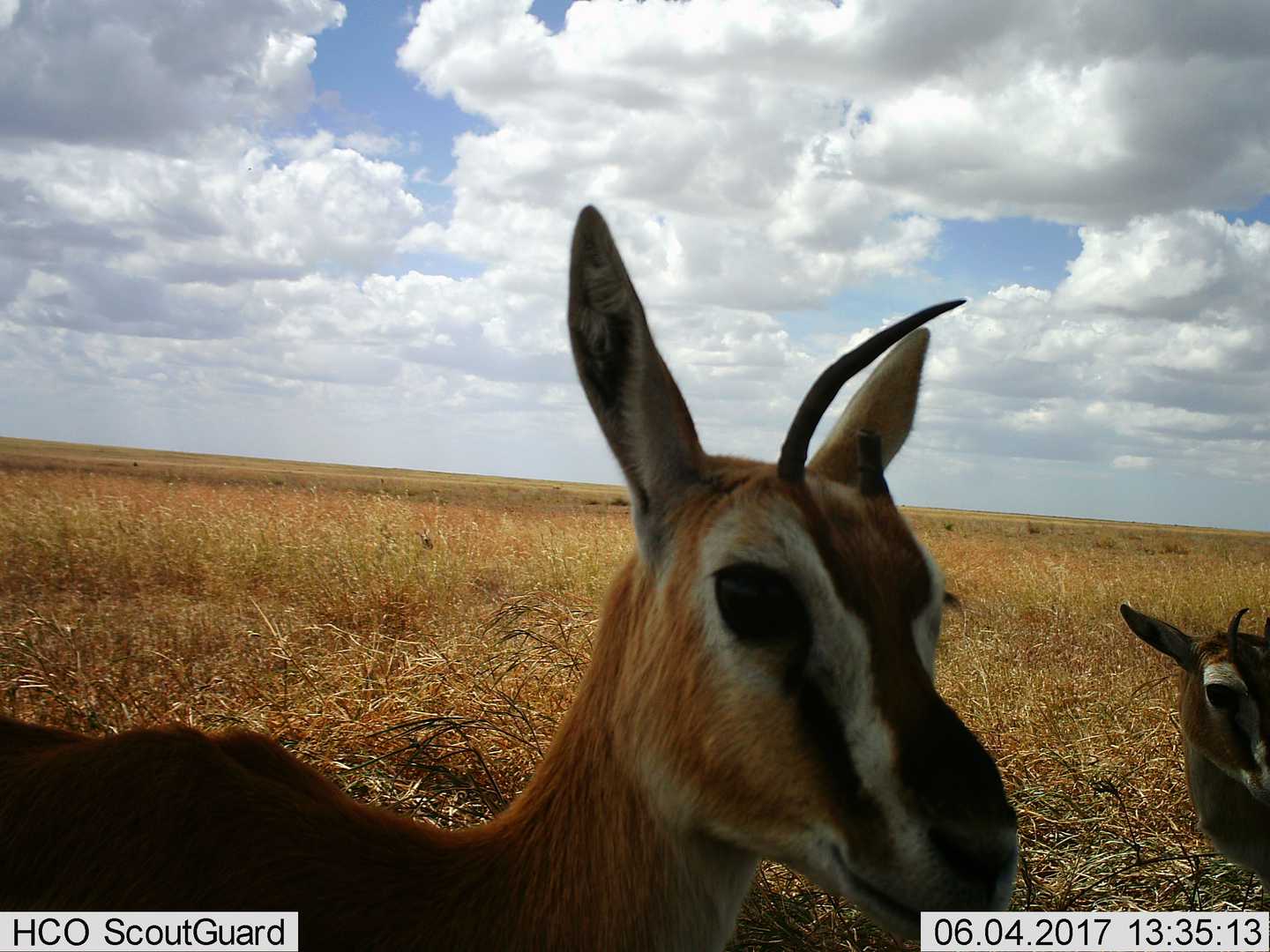
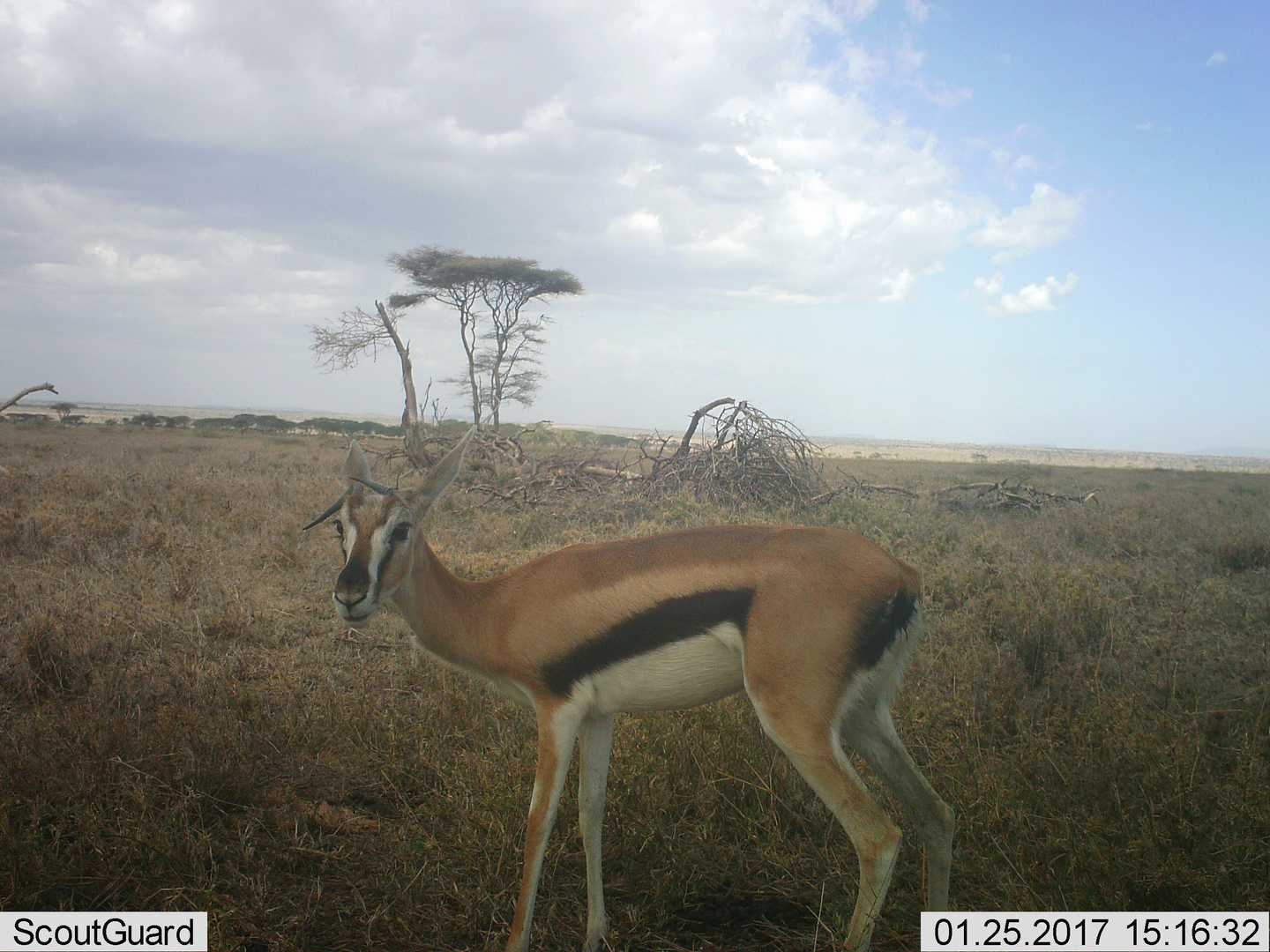
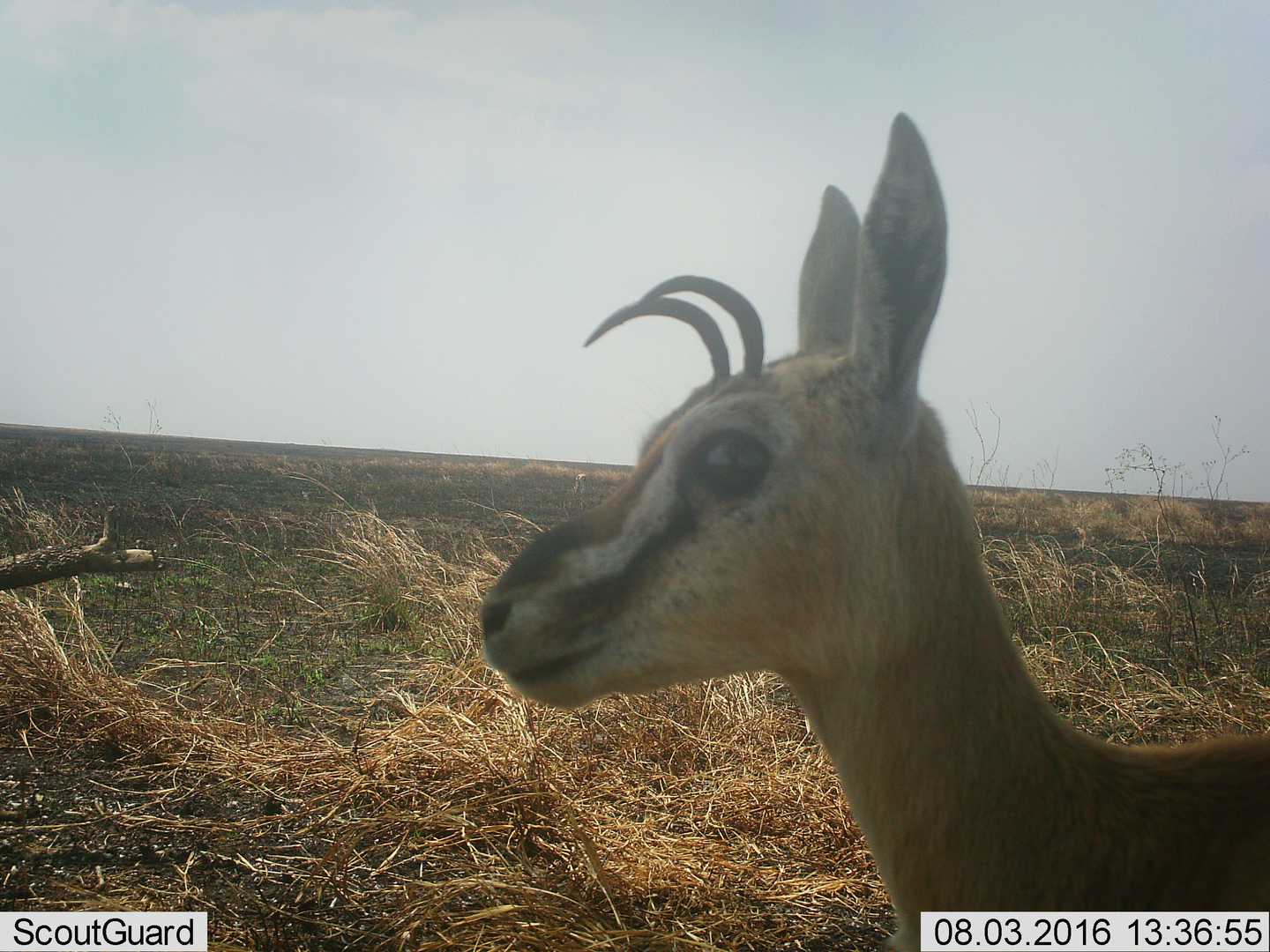
P.S. Good to note also that thus hornshape or hornlength is not an easy way to determine if thomsons-gazelle young or not. Bodysize is more reliable cue for young ones, they are smaller in bodysize, and that is well seen when with adults.
For example here young with adult female and male.
P.S. Also nice to note here that sometimes, ’knowing this speciality about females’ may help in identifying the species e.g. in night shots.
For example here female thomsons-gazelle 
1 Participant
1 Comment
Porcupine mating, how do they do that?
Porcupines are fascinating in many ways. Taxonomically they belong to rodents, but porcupine has its own species-category to choose in ID-list when classifying. The porcupine species living in the Serengeti is Crested Porcupine (Hystrix cristata). They are monogamous (usually the pair mates for life), and they live in small family groups with their offspring. They are mostly nocturnal, resting during the day in burrows.
Porcupines mating in the wild, is a rare image to capture, and these cameras in the field provide amazing opportunities to the scientists and all of us to observe the animals, and learn about their secret life in their natural environment.
Porcupines are well known for their sharp black-and-white quills, which have an important role in their defense. So, how do they mate so that they, especially the male, do not get hurt? That can be well described with words, ’normal conventional way, but very carefully’.
Prior to mating, the female porcupine will raise her quills and tail, and she presents her backside to the male. Then the male porcupine will lift his front paws and walk on his hind legs towards the female until the underside part of her raised tail makes support and contact with his belly. The female porcupine's raised tail protects the male from hurting himself on her quills. The male stands on his hind legs and uses his forelegs to grip her tail for balance. No male weight is transferred to the female. His relatively long penis facilitates mating, he does not need to get as close to the female as many other species.
These brilliant and interesting images below have been captured by the Snapshot Serengeti cameras.
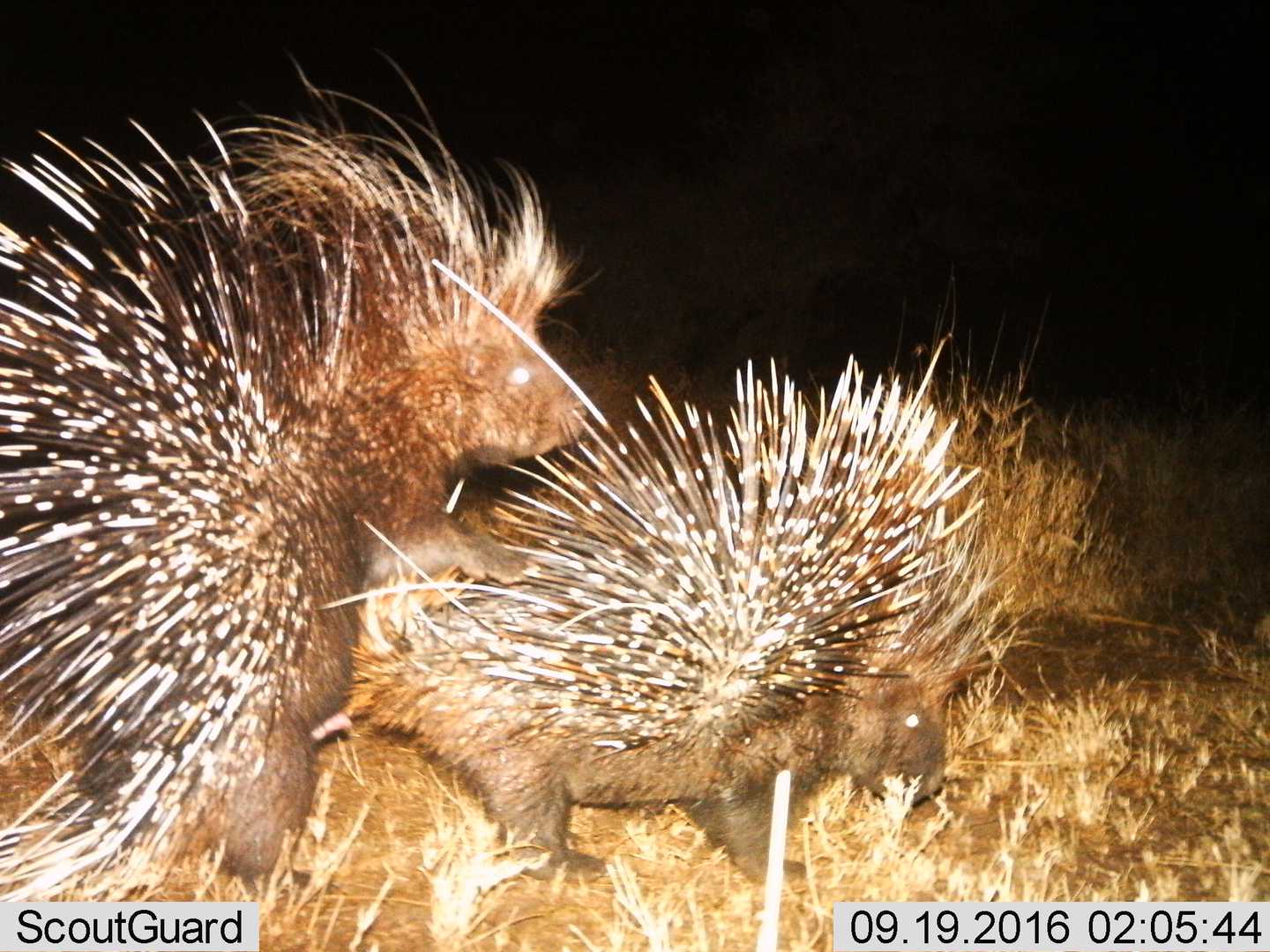
P.S. good to add here:
In general, much of the knowledge of e.g. breeding behavior of porcupine comes from captive individuals and/or from individuals in semicaptive conditions.
Very interesting research about 'The mounting and copulation behaviour of the crested porcupine Hystrix cristata' (Felicioli et al. 1997), published in the Italian Journal of Zoology. The scientists found that the male porcupines often mounted their female partners every night without actually copulating and often when the female was not in heat, which indicates that they mount also for other reasons than just breeding. Such socio-sexual behaviour can e.g. strengthen their pair-bond.
Camera-trapping projects provide an unique and valuable tool for the scientists to monitor and study further all the animals and their behaviour in the wild, and how various factors, like environment may affect to them.
1 Participant
1 Comment
3 Participants
4 Comments
Wildebeest young in Serengeti migratory herds
Visual features of young Serengeti wildebeest.
Smaller size than adults. Their colour changes by stages while young. Body colour is tawny brown with black face about the first 2 months, then gaining dark adult-colouring gradually. Tail and mane are shorter. Born hornless as all antelopes, horns straight while young.
Some images of young ones :
ASG001vc0f Nice closeup of 2 young, front one's mother likely just out of image
Some more
ASG001tw25 , ASG001w58b ,ASG001wqes , ASG001uik6 , ASG001ucrc , ASG001ywx2 , ASG001yd9m , ASG001x9v0 , ASG001z3pr , ASG001ywhk , ASG001xorr , ASG001w9ze , ASG001w9zh , ASG001yet6 , ASG001wcy9 , ASG001yjy0 , ASG001ur3p , ASG001xay6 , ASG001wyor , ASG001mg4h , ASG001jd6c , ASG001ld3v
1 Participant
3 Comments
How high can an Eland jump?
Eland is big, heavy and strong antelope, and also very agile with the ability to amazing jumps.
Here one very nice example of that (from Snapshot Serengeti season 10) , with wildebeest herd in background.
Image ASG001vo0t
Here below great info article written by @davidbygott . (copied from our old platform).
How high can an Eland jump?
by davidbygott MODERATOR , July 1 2016 5:24 PM
The Eland is the largest African antelope, in fact the early Dutch settlers in the Cape named it after the largest deer they knew from back home - the European elk, which is what Americans call moose - eland in Dutch. Eland are similar to cattle in size; in Tanzania a bull eland can weigh up to 600 kg (1,320 lb). Their meat is delicious, and various attempts have been made to domesticate them. However, one problem with this is their ability to leap. Cattle tend not to jump much, though my research shows that some cattle can clear a fence of 1.8 m (6 ft). Generally a fairly low fence will contain them.
But eland are capable of jumping over a 3 m fence, that's nearly 10 ft! (By comparison, the human high-jump record is 2.45 m). So if you're thinking of ranching eland, be prepared to invest in very substantial fences 
eland leaping

1 Participant
1 Comment
collective noun
Thanks @Aprilwitch - I too, find the collective nouns really interesting. Given that yesterday I found a zebra or two concealed behind tall grass (no broad leaved plants to be seen) the dazzle was particularly effective. Eye-boggling actually. Farmed guinea fowl are sometimes referred to as "squeaky wheels" here because of their calls.
3 Participants
4 Comments


























You're welcome, glad the info is interesting, and helpful when classifying and helping the project